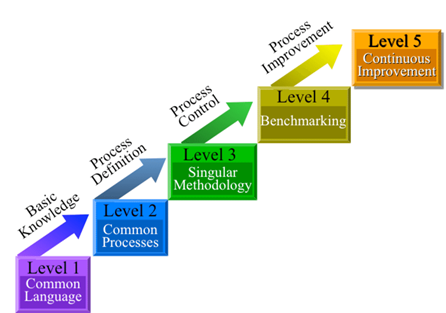By: Alison Nash, Founding Partner – TouchPoint AMC
January is a month that many reflect, recharge, resolve and renew. No matter how you approach this time of year, there is a heightened sense of opportunity and hope.
Many set their personal goals and so should associations! The renewal sentiment is not just figurative, but literal for the association world. Membership in an organization is often set on a calendar or fiscal year time frame (unless the organization uses an anniversary), so the opportunities at this time of year are limitless. We hear it endlessly: “Membership is the lifeline of any organization” and it is true. So, why do we assume put our renewal process on automatic? Let’s take a look at a few ways you can reinforce (and re- word!!) your association’s value proposition just by focusing on the renewal messaging and deliverables.
Clarify What You Stand For
Seize the opportunity to sell your organization and its value to your members. WHY should they renew? WHAT have you accomplished in the previous year or two? And don’t assume that the members will have the time or make the effort to read. Make it simple, make it visual…make it clear. Association membership is a busy space to work in, and we have to create value for members to justify their membership money spent. It’s not just enough to sell the “because it’s what you should do” angle.
During the year, association leadership tries to set and attain goals or accomplish tasks on behalf of the membership. We sometimes (read: usually) forget to actually tell our membership what we have done for them. This is true of both newer members as well as those who might have been supporting you for many years.
Now is your chance! Toot your own horn! Use your membership renewal outreach to sell! Remind members of all that you have done on their behalf, even if you have said it before. Say it again, but say it in a fun way, and say it so that it leaves no question as to why they should pull the trigger and renew immediately.
Make It Simple To Renew
If you are still using the same old renewal system that you always have for many years, it is likely time for an upgrade. No one wants multiple steps to hand over money to you. It needs to be simple, quick and accurate. So, spend some time reviewing your processes long before you send out the reminder.
Most associations have online payment systems, but is your database or CMS working for you the best way it can? Does it recognize the member immediately so that they don’t have to re-enter their same information over and over (and again when they want to register for an event)? Do you have the option of automatic renewal payments so that they don’t even have to think about it?? So much information is lost in our short attention spans…don’t make your association get lost. Do a review of your database and its capabilities to interact with your membership.
Renew Your Commitment to Your Members
If a member is going to recommit to you with their trust in your organization through membership, you need to renew your commitment to them. This can be tied in to showing them what you have done…and now also show them what’s coming up for this year.
“Here is what we have accomplished, and here is what else we are working on”.
(Prospective) members need to know that you aren’t resting. They have elected you to lead them…so lead! Make sure that they understand that your organization plays a vital role in their individual or company’s success for the upcoming year and not being a member means they can lose out.
Make the FOMO real.
Do What You Say You Will Do
This one is simple…don’t overpromise and underdeliver. Make sure your plans are actionable and attainable in the coming year so that when next year’s renewals come out, you can sell everything that you have continued to do and build further momentum for the near future.
The alternative is way worse. They won’t fall for it again.

